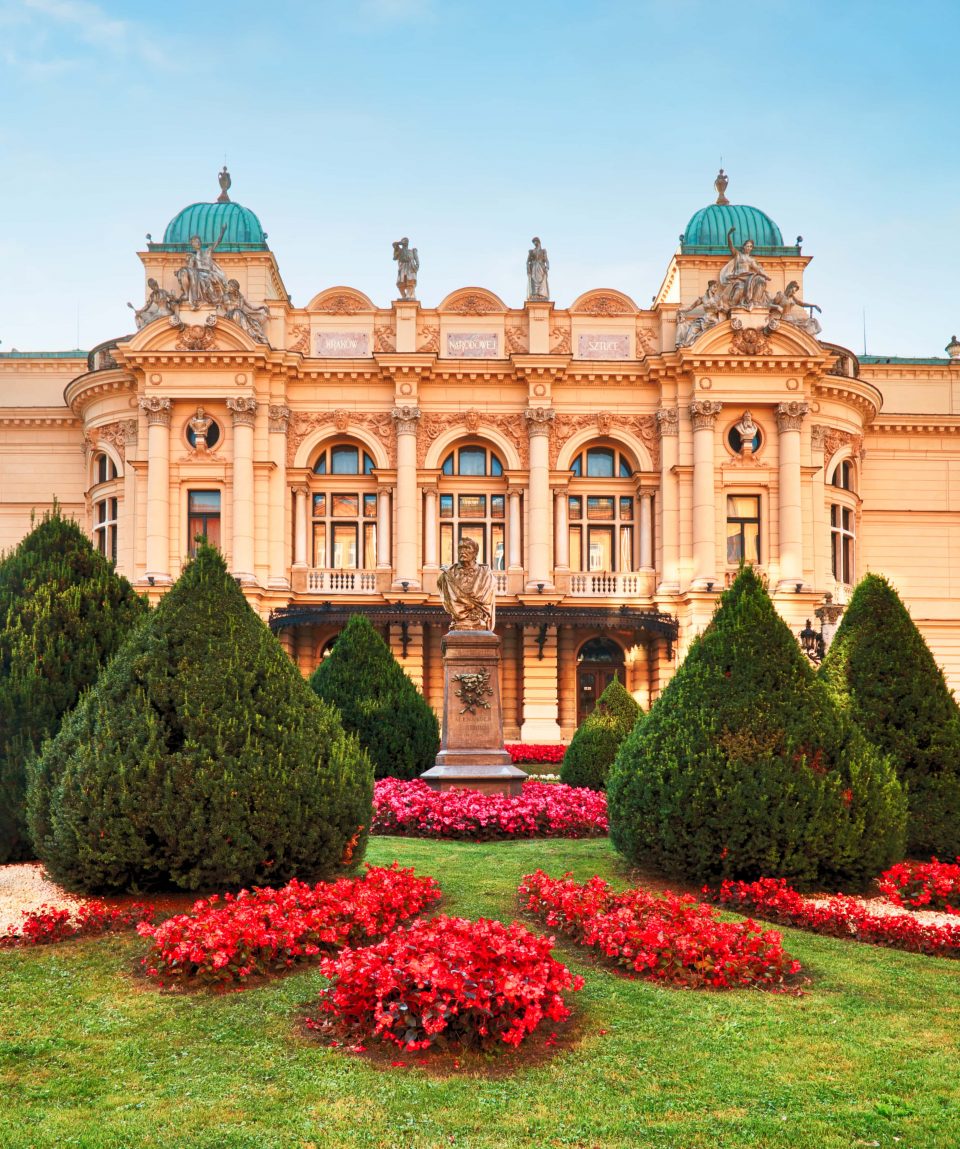ROMANIA & POLAND 15 DAYS
from €1,425.00
Group size 10 Start Bucharest
Countries 2 End Warsaw
-
Reviews 0 Reviews0/5
-
Vacation Style Holiday Type
-
Activity Level Leisurely
-
Group Size Medium Group
All about the ROMANIA & POLAND 15 DAYS.
If the soul requires a light extreme, if you want to rush your nerves while enjoying the beautiful views of the mountains and ancient castles, you should visit Romania. Rest in ancient and mysterious Romania is a fantastic adventure! Poland is an amazing country that is proud of its historical and cultural monuments. The history of many cities, castles, palaces, temples attracts tourists from year to year from different parts of the world. Therefore, we invite you to visit these beautiful corners of our world.

The tour package inclusions and exclusions at a glance
What is included in this tour?Items that are included in the cost of tour price.
- 14 x nights: 2 x Bucharest, 1 x Brasov, 1 x Sighisoara, 1 x Cluj Napoca, 1 x Sibiu, 3 x Krakow, 2 x Rzeszow, 1 x Lublin, 2 x Warsaw.
- All-route local English-speaking guide or other languages on request.
- Transfer by modern coach throughout the whole trip; flight from Bucharest to Krakow.
- Meals: HB.
- City tours: Bucharest, Brasov, Cluj Napoca, Sibiu, Krakow, Tarnow, Rzeszow, Sanok, Zamosc, Lublin, Kazimierz Dolny, Warsaw.
- Entrance + guided tour: all religious buildings according to the itinerary; Peles Castle in Sinaia; Bran Castle in Bran; medieval castle in Sighisoara; Biertan Fortified Church; winery in Alba Iulia + wine tasting; Royal Castle, Enamel factory by Oscar Schindler in Krakow; Auschwitz concentration camp / Wieliczka; open-air museum in Sanok; Palace in Lancut; castle in Lublin; boat cruise in Kazimierz Dolny; Fryderyk Chopin Museum in Warsaw.
What is not included in this tour?Items that are not included in the cost of tour price.
- Visa Fee
- Travel Insurance
- Flights
- Single Supplement
- Any meals not mentioned
- Any transfers not mentioned (e.g. first and last day)
- Any expenses of a personal nature
- Camera/video permits
- Tips to the guide and driver
- Day 1 Welcome to Romania!
- Day 2 Paris of the East
- Day 3 To Transilvania!
- Day 4 Brasov and Sighisoara
- Day 5 Transylvanian Saxons and Cluj Napoca
- Day 6 Sibiu - European Capital of Culture 2007
- Day 7 Back to Bucharest and flight to Krakow
- Day 8 The pearl on Vistula
- Day 9 Krakow surroundings
- Day 10 Tarnow and Rzeszow
- Day 11 The open-air museum in Sanok
- Day 12 Palace in Lancut and Zamosc
- Day 13 Lublin and Kazimierz Dolny
- Day 14 Warsaw
- Day 15 Departure day
Overall Rating
0/5
-
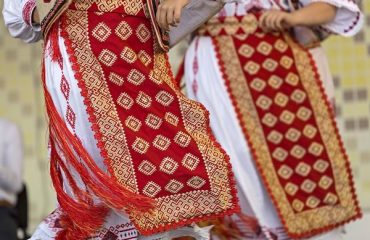 Detail-of-traditional-Romanian-folk-costumes-for-women
Detail-of-traditional-Romanian-folk-costumes-for-women
-
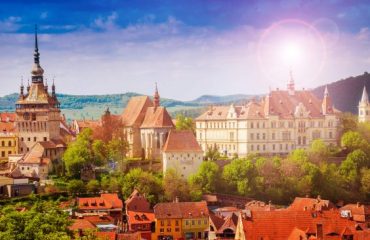 Panoramic-view-over-the-cityscape-architecture-in-Sighisoara-town-historic-region-of-Transylvania-Romania-min-600x366
Panoramic-view-over-the-cityscape-architecture-in-Sighisoara-town-historic-region-of-Transylvania-Romania-min-600x366
-
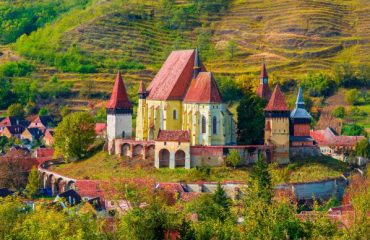 Beautiful-medieval-architecture-of-Biertan-fortified-church-in-Sibiu-Romania-protected-by-Unesco-World-Heritage-Site-min-600x388
Beautiful-medieval-architecture-of-Biertan-fortified-church-in-Sibiu-Romania-protected-by-Unesco-World-Heritage-Site-min-600x388
-
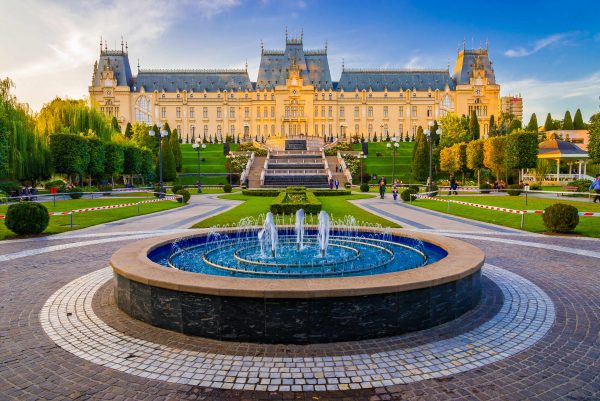 Iași-Romania-min
Iași-Romania-min
-
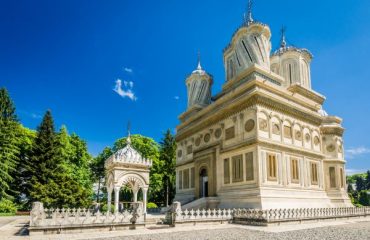 Curtea-de-Arges-monastery-Romania.-Curtea-de-Arges-Monastery-is-known-because-of-the-legend-of-architect-master-Manole.-It-is-a-landmark-in-Wallachia-medieval-Romania.-min-600x397
Curtea-de-Arges-monastery-Romania.-Curtea-de-Arges-Monastery-is-known-because-of-the-legend-of-architect-master-Manole.-It-is-a-landmark-in-Wallachia-medieval-Romania.-min-600x397
-
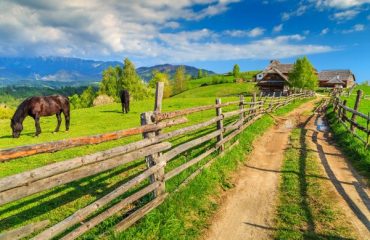 Alpine-rural-landscape-with-grazing-horses-on-the-green-fieldsBranTransylvaniaRomaniaEurope-min-600x400
Alpine-rural-landscape-with-grazing-horses-on-the-green-fieldsBranTransylvaniaRomaniaEurope-min-600x400
-
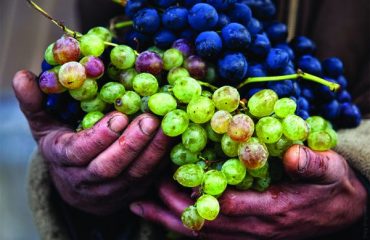
-
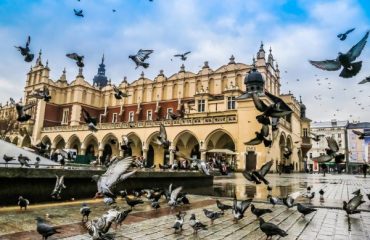 A-lot-of-doves-in-Krakow-old-city.-Market-Square.-Poland
A-lot-of-doves-in-Krakow-old-city.-Market-Square.-Poland
-
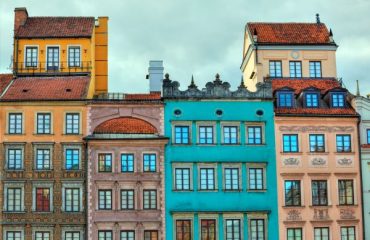 Image-of-colorful-old-houses-in-the-main-town-square-in-Warsaw-Poland-enhanced-by-use-of-HDR-techniques-min-600x403
Image-of-colorful-old-houses-in-the-main-town-square-in-Warsaw-Poland-enhanced-by-use-of-HDR-techniques-min-600x403

